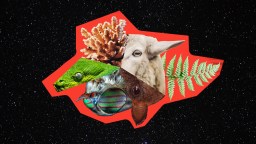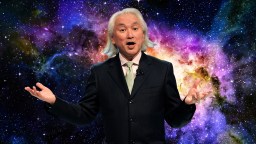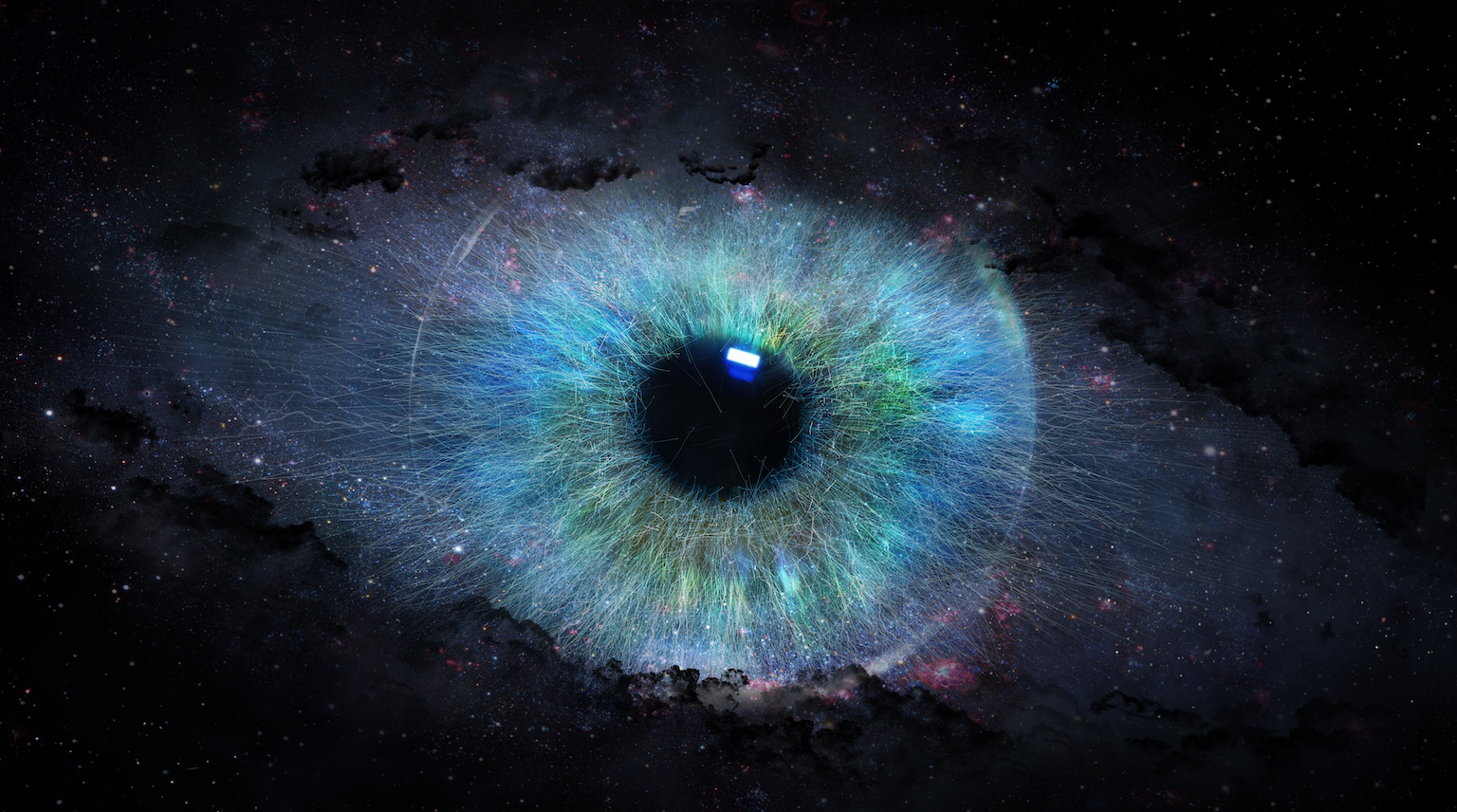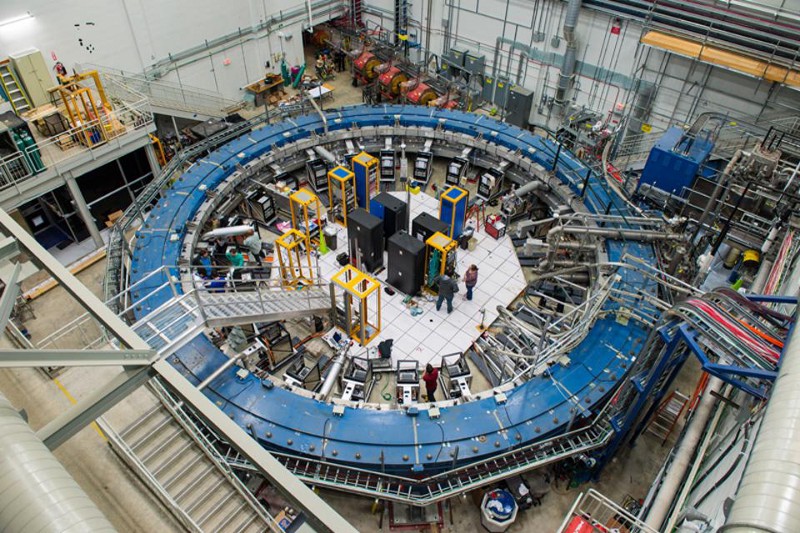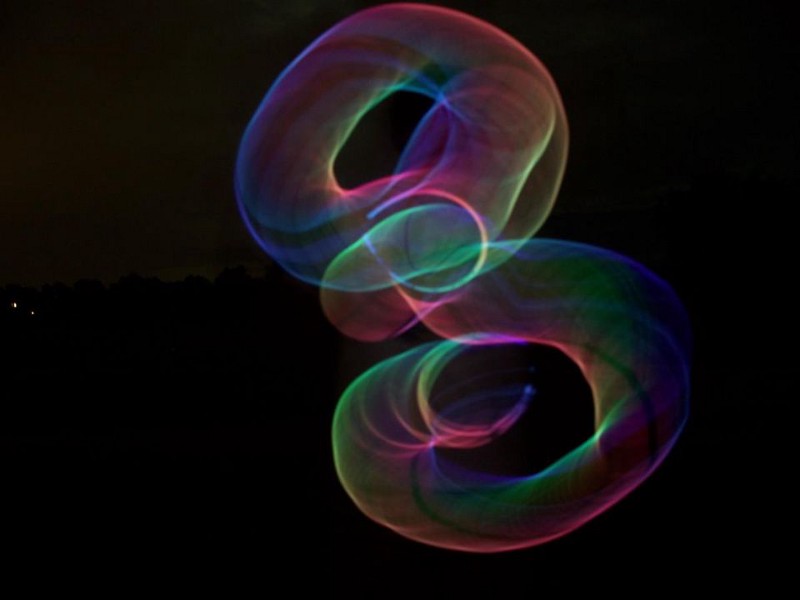A “Theory of Everything” doesn’t make sense
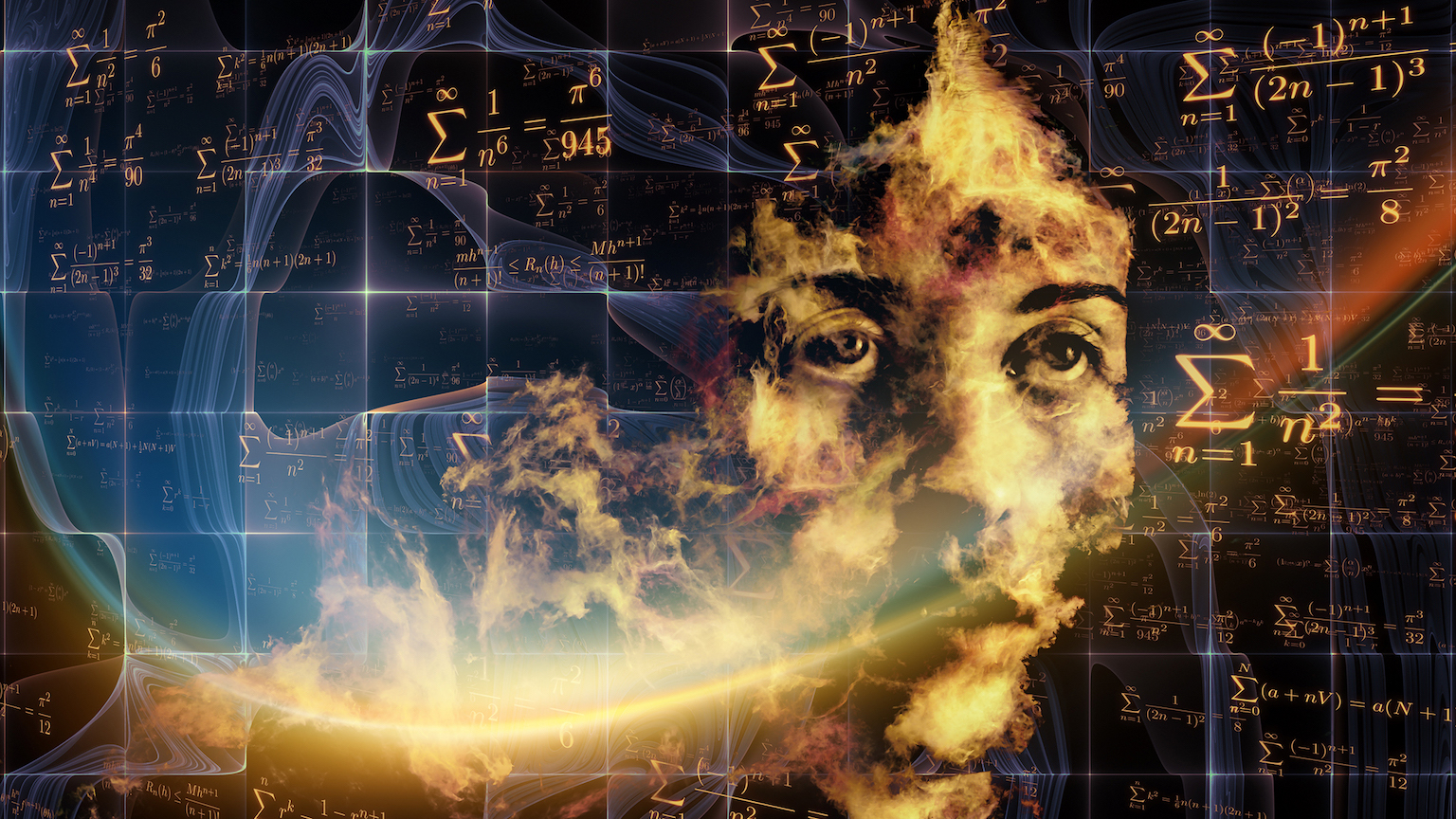
- Few ideas in science are as captivating as the Theory of Everything, the theory that presumably brings together all our knowledge of fundamental physics.
- Fortunately, belief in such a theory relies on a faulty understanding of how science works in practice.
- Even as we understand more, our view of nature is always incomplete, unable to grasp what lies beyond the limited reach of our instruments and imagination.
A Theory of Everything (TOE). Sounds very impressive, right? We, humans, coming up with an explanation for all things material. Before we get too carried away with our own intellectual hubris, let us begin by qualifying what physicists mean by a TOE.
What is the Theory of Everything?
They do not mean that it will be able to predict all things that will happen. A TOE has nothing to say about who you are, if you will win the lottery, or how long you will live. It is not about sociology, economics, or geography. It is not an oracle.
A TOE, despite its grandiose name, means a theory that describes how the particles of matter, the most fundamental building blocks of the stuff that makes the Universe (us included), interact with one another. Its goal is to show that the four fundamental forces of nature — gravity, electromagnetism, and the strong and weak nuclear forces — are, in fact, manifestations of a single, ultimate force, hidden beneath the appearance of difference. A TOE rests on the assumption that if we could only perceive the depths of physical reality with enough clarity, we would see all forces as one.
We do not see this unity because it is only manifest at extremely high energies, well beyond what we can perceive even with our most powerful machines. The four forces are like four rivers that join upstream to become three, then join again further upstream to become two, and finally, join once more to become a single river at the source of it all. In this river analogy, physicists searching for a TOE are like kayakers paddling upstream, toward the source.
Culturally, the impulse to unify goes back to the notion of unity found in monotheistic faiths. Even if most physicists searching for a TOE are non-believers, they are heirs to old Platonist ideals of mathematical simplicity and symmetry that were later translated, in particular by Saint Thomas Aquinas, as attributes of the mind of God. Indeed, the image of “knowing the mind of God” keeps coming back in popular physics texts, most famously in Stephen Hawking’s A Brief History of Time.
The Theory of Everything rests on bad philosophy
The problem is that the very notion of a Theory of Everything, even if restricted to the world of subatomic particles and their interactions, rests on an incorrect understanding of how science works and what it can do. The aspiration is no doubt noble, but the philosophy behind it is faulty.
Physical theories are data-driven, based on a painstaking process of empirical validation; any hypothesis must be vetted by experiments before it is accepted. And even when it is accepted, and the hypothesis is sometimes elevated to the level of a “theory,” such as in the general theory of relativity or the theory of evolution, this acceptance is always temporary. A physical theory can only be proved wrong, never right, at least in any permanent sense. This is because every theory is necessarily incomplete, always ready for updates as we learn more about the physical world.
What makes science exciting is less the success of a theory and more the moment when a theory fails. That’s when “the new” happens.
As the physicist Werner Heisenberg, of Uncertainty Principle fame, once wrote, “What we observe is not Nature itself but Nature exposed to our methods of questioning.” What we can say about Nature depends on how we measure it, with the precision and reach of our instruments dictating how “far” we can see. Therefore, no theory that attempts to unify current knowledge can seriously be considered a “final” theory or a TOE, given that we cannot ever be sure that we aren’t missing a huge piece of evidence.
How are we to know that there isn’t a fifth or sixth force lurking out there in the depths? We cannot know, and quite often, hints of a “new force” are announced in the media. To put it differently, our perennially myopic view of nature precludes any theory from being complete. Nature doesn’t care how compelling we think our ideas are.
The best that we can do is to keep searching for more encompassing explanations of natural phenomena, possibly even achieving some level of unification as we go along. The history of physics has a few of these, such as Newton’s theory of gravity bringing together terrestrial and celestial motions, and electromagnetism that, in the absence of sources such as electric charges and currents, shows a beautiful unification between electricity and magnetism.
A Sisyphean task
Einstein spent the last two decades of his life searching for a unified theory of gravity and electromagnetism and failed. The Grand Unified Theory proposed in 1974 by Sheldon Glashow and Howard Georgi to unify electromagnetism with the two nuclear forces also failed to be vindicated, including many of its more recent extensions. This does not mean that such unifications are impossible or wrong. They may even work, although current evidence is slim.
The moral of the history here is not that unification ideas are useless or impossible but that the notion of achieving a final unification is. Science is an ongoing process of discovery that is fueled by our lack of answers. The very process of discovery leads to more unknowns, not fewer. As science advances, it creates new lines of questioning that feeds our curiosity and creativity. How awfully boring if, one day, we arrived at a complete fundamental understanding of matter and its interactions. It is much better to look at the world through our myopic eyes, always wondering what lies beyond what we can see.
